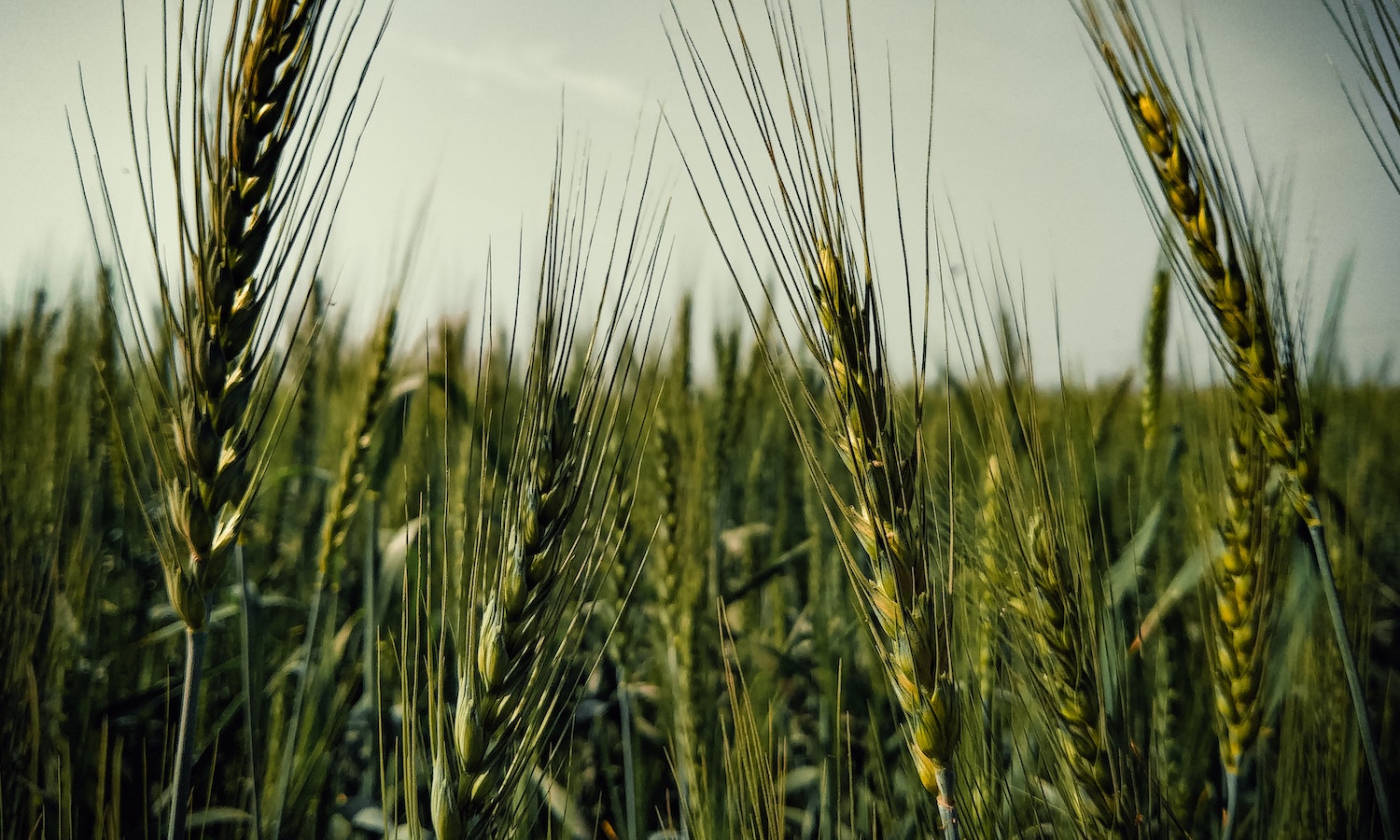The global food price index of the U.N. Food and Agriculture Organization (FAO) made headlines when it reached its all-time record in March. And rightly so, as it suggested an increasingly difficult situation for food security globally, particularly for lower-income consumers who already struggle to afford healthy food and for humanitarian programs challenged to feed a growing number of people facing crisis-level hunger.
Input prices at an all-time high
One statistical peak that got less attention was the FAO’s Global Input Price Index (covering energy, feed, fertilizer, seed, and pesticides). Not only did this reach a record high, but its average monthly growth rate has been three times that of the food price index. These increases can be largely traced to rising energy prices—some fertilizers are derived from fossil fuels, and feed and seed production is highly dependent on fertilizer and fuel. This rising trend began before 2022, but the invasion of Ukraine added additional upward pressure on prices for natural gas and fertilizer, of which Russia and Belarus are major producers.
These inputs are critical to food production, and rising prices are worrying for three reasons.
Higher input costs cut into farmers’ incomes
First, they tarnish the potential silver lining of rising food prices: raising producers’ incomes. While producers also buy food, many sell more than they buy. Evidence from prior food price hikes suggests many producers benefit from higher prices. This offers a small silver lining to the cloud of rising food prices and the pall it casts over other low-income households. However, rising input costs may negate this by squeezing producers’ margins, counterbalancing increasing revenue from higher output prices. Indeed, real output prices, adjusting for input prices, faced by farmers are low and falling. This is particularly troubling for the millions of smallholder farmers who already struggle with poverty and undernutrition.
Risk of additional food shortages
Second, rising input prices raise the risk of further food shortages. As input prices rise, some (particularly poorer) farmers will be unable to buy them and will choose to do without, or with less. In the absence of other changes to farming practices, this lowers yields. This, in turn, reduces food availability (putting further upward pressure on prices) and farmer incomes—and the effect will again likely be largest for lower-income farmers, particularly in Africa, who often already use less-than-recommended input amounts. Indeed, a recent modeling exercise in Kenya estimated that the crisis will reduce GDP by 0.8 percent—mostly driven by lower productivity stemming from farmers’ reduced use of fertilizer amid higher prices.
Limited incentives to increase production
Third, rising input prices slow the swing of a pendulum that typically helps return high food prices to normal: higher prices typically incentivize farmers to increase production, leading to increased supply, and lower prices. In this case, however, the incentives to increase production of crops currently in short supply (e.g., wheat) will be limited. Instead, producers with flexibility (particularly better-off farmers) may choose to switch to less input-dependent crops. Indeed, this dynamic is already in process in the United States, where farmers are switching out of nitrogen-fertilizer-dependent (and highly demanded) maize and into soybean.
Prolonged and inequitable disruption
Jointly, these factors suggest not only a prolonged disruption to global food security but also one that will disadvantage the already vulnerable, increasing inequity within an already inequitable food system. Certain policy options can blunt this pain. In the short term, targeted and time-limited input subsidies can help the most vulnerable farmers, as can efforts to ensure input availability; social safety nets can prop up food security of poor consumers and producers; removing existing export restrictions, and foregoing new ones, can help increase input supply; input use efficiency can be improved through recommended practices; and expanding credit access for farmers, small and mid-size food enterprises, input producers, and input-importing countries can help them meet their needs and make changes in their production. It may also be possible to decentralize fertilizer production, especially by increasing it within Africa (Nigeria, for example, has considerable potential to become a key regional exporter), reducing its vulnerability to supply shocks due to heavily concentrated production.
Long-term transformation needed
In the long term, however, a fundamental shift in the foundation of the global food system is needed. In addition to fossil fuels directly used for energy in food production, processing, and transport, many key agricultural inputs—fertilizers and secondarily feed and seed – are heavily dependent on fossil fuels. While diversity is a hallmark of resilience, a crack in this thin, uniform foundation of fossil fuels can shake the entire global agricultural system. Each additional unit of fossil fuel burned also pushes us further beyond key planetary boundaries critical for containing climate change—itself a threat to food security and nutrition. While short-term remedies to address the immediate crises are necessary, they must not blind us to this non-negotiable reality.
Articles like the one you just read are made possible through the generosity of Food Tank members. Can we please count on you to be part of our growing movement? Become a member today by clicking here.
Photo courtesy of Shess Khan Afridi











